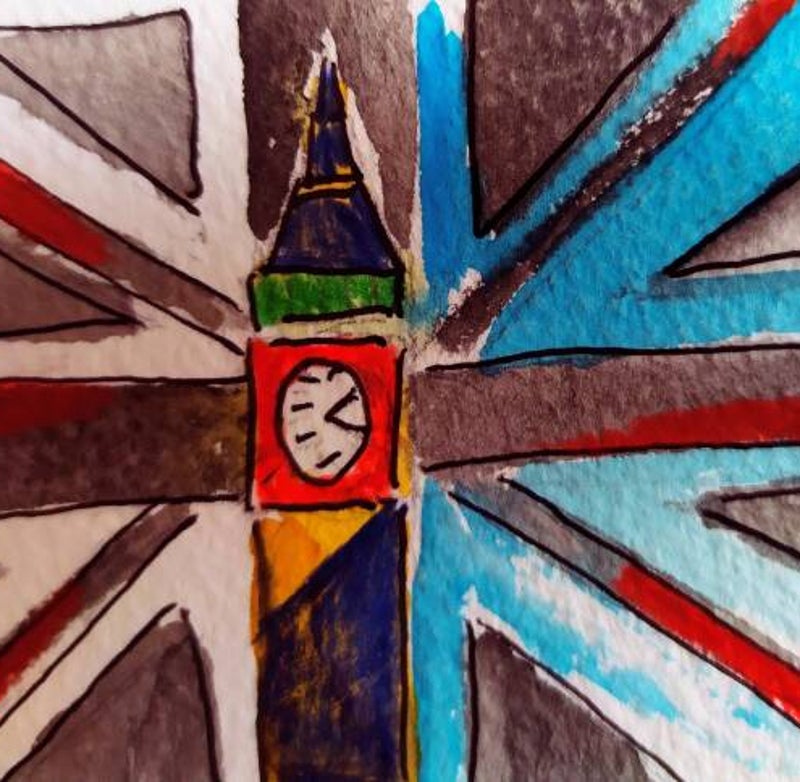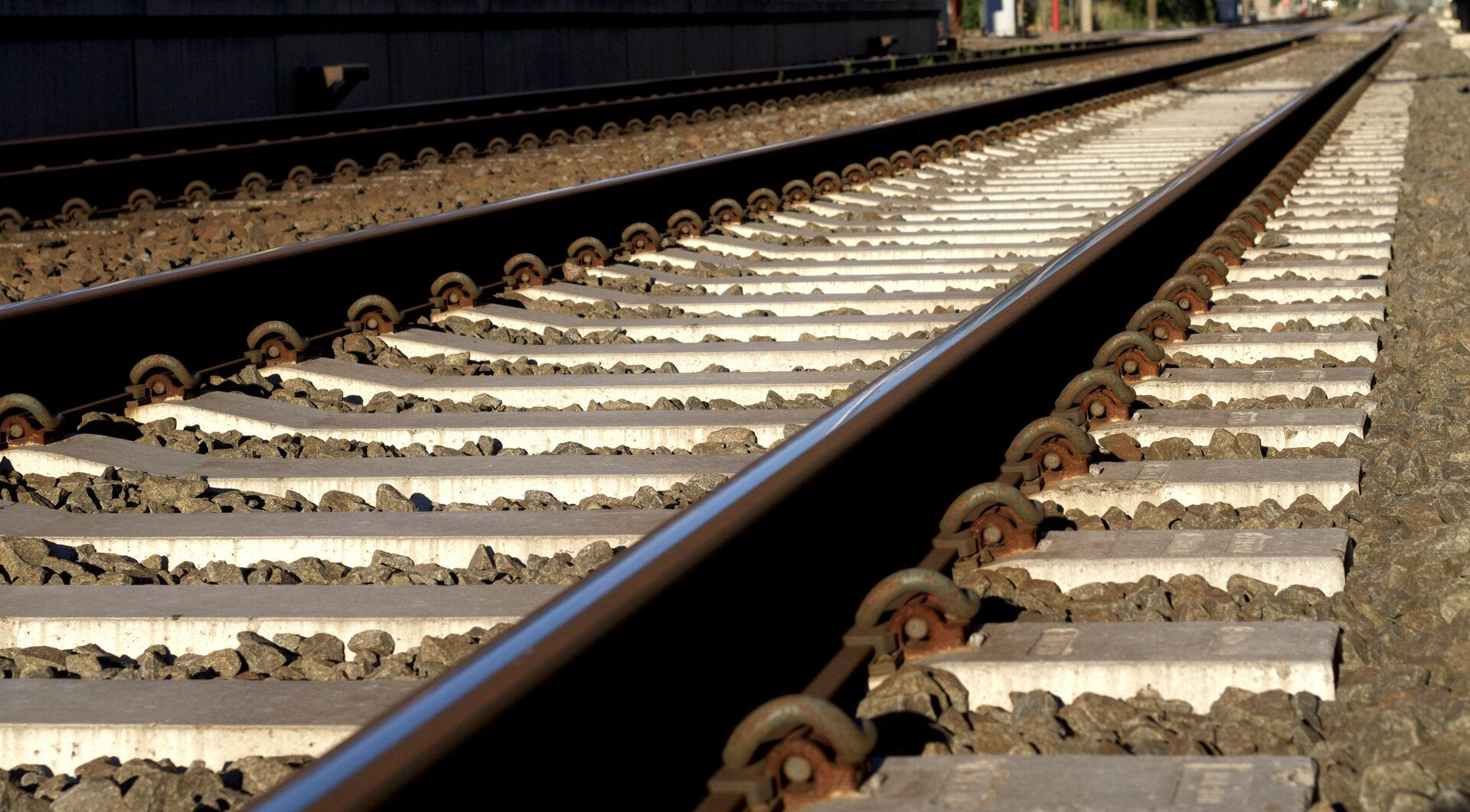
SLADE GREEN to BEXLEYHEATH and on to THE RED HOUSE and DANSON HOUSE, or towards ABBEY WOOD
SLADE GREEN Railway station
Walkway over tracks
Howbury Lane
Thames Road
You are now in BARNEHURST
Parkside Avenue

Nearby
GOLF COURSE
Northall Road
Barnhurst Road
BARNEHURST Railway Station
Risedale Rd.
Brentwood Rd.
Cross over A220

Bowness Road
Long Lane
Woolwich Rd.
North St.
Chapel Rd.
Broadway

Welcome to BEXLEYHEATH town centre
Market Place
CORONATION CLOCK TOWER
Broadway
BROADWAY SHOPPING CENTRE
Shops and eateries

Now, from BEXLEYHEATH to THE RED HOUSE, DANSON HOUSE & PARK, WELLING, FALCONWOOD and ELTHAM
Or to ABBEY WOOD

First, to THE RED HOUSE
Royal Oak Rd.
Freta Rd.
Robin Hood Lane

Upton Rd.
Red House Lane
THE RED HOUSE

The only house commissioned, created and lived in by William Morris, founder of the Arts & Crafts movement, Red House is a building of extraordinary architectural and social significance.
Designed by Philip Webb and completed in 1860, it was described by Edward Burne-Jones as 'the beautifullest place on earth'. The rooms at Red House give a unique view of William and Janey's life and the establishment of what later became Morris & Co.
Red House boasts original features and furniture by Morris and Philip Webb, stained glass and paintings by Burne-Jones and embroidery by Jane and Elizabeth Burden. Coupled with bold architecture and a garden designed to 'clothe the house', they add up to a fascinating and rewarding place to visit.
Continue reading the THE NATIONAL TRUST’s website
Alers Rd.
Bean Rd.
A previous occupant of the estates, Alfred Bean, was a railway engineer who bought the property in 1862.[8][7]Bean was the driving force behind the Bexleyheath Railway Company,[13] and chairman of Bexley Local Board, and envisaged transforming the now 582-acre (2.4 km2) estate into a residential suburb. Outlying areas were sold off for residential development according to Bean's will,[4][7] but the house and 224 acres of the estate remained in Bean's family after his death in 1890.[4] On the death of his widow in 1921, when it was auctioned, and eventually acquired by Bexley Urban District Council (UDC) for £16,000 in 1924.[8][4] The council spent another £3,500 converting the estate into a public park.[4]
DANSON PARK
At 75 hectares,[2] it is the second largest public park in the borough (the largest being Foots Cray Meadows at 100 hectares),[3] and the most used by the community.[2] Opened in 1925, it is often considered the finest green open space in the borough,[4][2] and is Grade II listed on the Register of Historic Parks and Gardens.
DANSON HOUSE
The area now occupied by the park had previously been part of the church and then crown estates, before being occupied by John Styleman and then Sir John Boyd, 1st Baronet, both senior figures in the British East India Company.[7] In the 1760s, Boyd built Danson House, a Grade I-listed Georgian mansion that stands in the centre of the park, and commissioned much of the landscaping that can be seen in the park today. The landscape was designed and laid out between 1761 and 1763, by either Capability Brown or his assistant Nathaniel Richmond.[8] At its centre is a large and picturesque 12-acre (49,000 m2) lake, described by Edward Hasted in his History and Topographical Survey of the County of Kent of 1797 as "a most magnificent sheet of water so contrived as to seem a beautiful serpentine river, flowing through the grounds".

And on to WELLING and ABBEY WOOD or PLUMSTEAD and WOOLWICH

Or to BLACKFEN and AVERY HILL PARK

Or to FALCONWOOD, AVERY HILL PARK and ELTHAM

Now, directly from BEXLEYHEATH to ABBEY WOOD along exclusively suburban roads
Albion Road
TRINITY BAPTIST CHURCH
METHODIST CHURCH
Church Road
Entrance to BEXLEYHEATH CEMETERY

To the West, along Station Road

Fairfield Rd.
Hudson Rd.
Long Lane
Cumberland Drive
King Harolds Way
Leckwith Avenue
Amberley Road
West Heath Rd.
Across A206 Woolwich Road
New Road
To your right LESNES ABBEY WOODS, Nature Reserve
Welcome to ABBEY WOOD!


